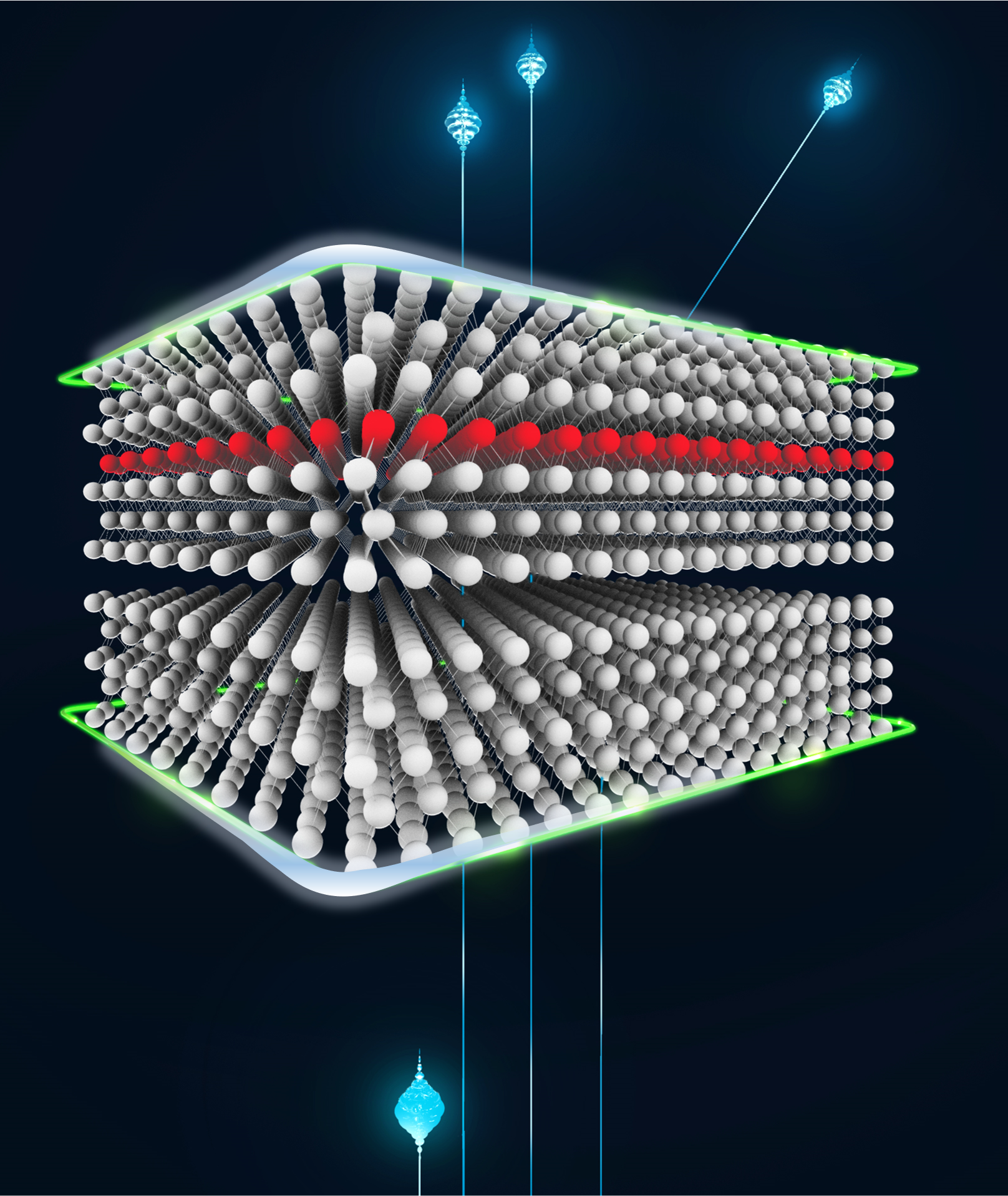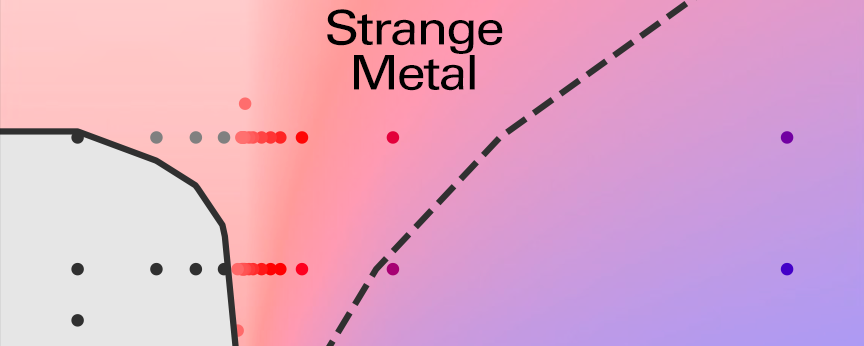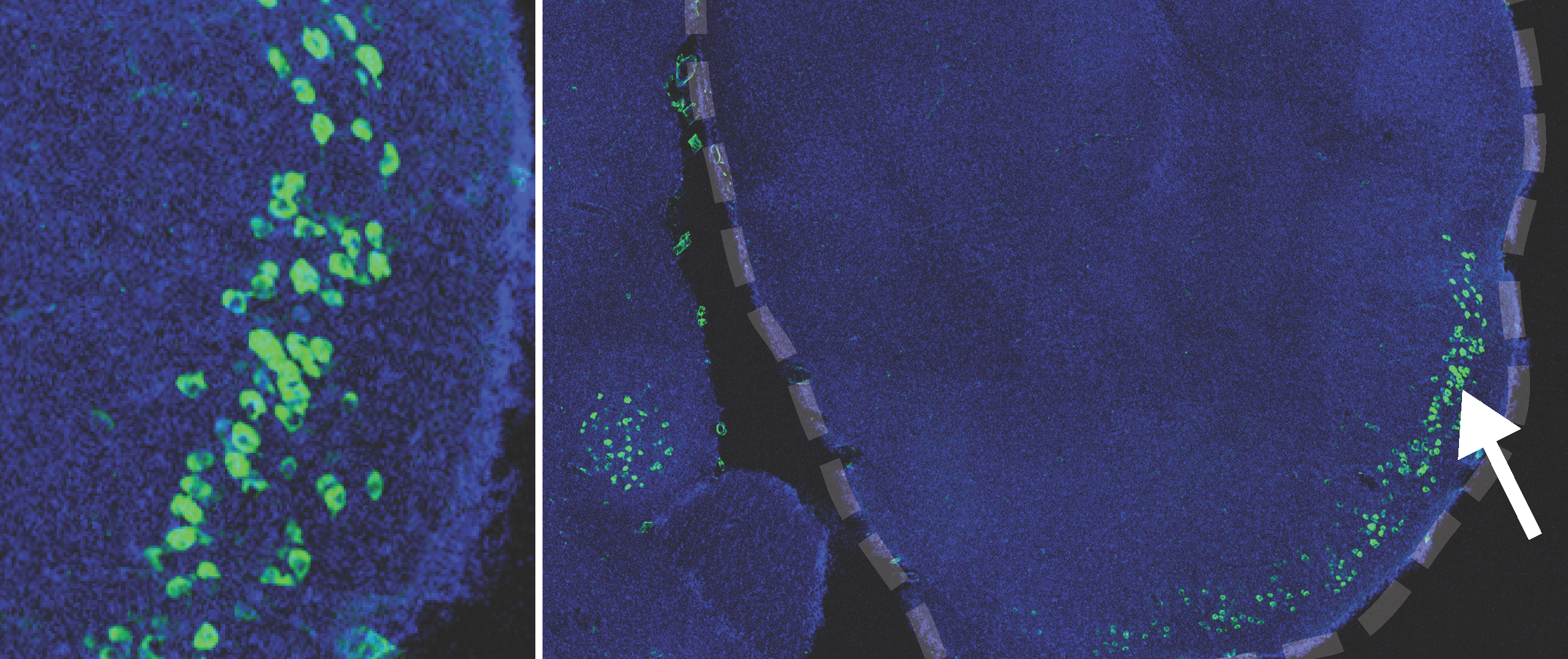
Simons Foundation Selects Astrophysicist David Spergel as Next President
Simons Foundation, December 2020The Simons Foundation today announces that David Spergel, an accomplished astrophysicist and winner of the prestigious Breakthrough Prize, will be the foundation’s next president, effective July 1, 2021. Spergel currently serves as director of the Center for Computational Astrophysics at the Simons Foundation’s Flatiron Institute in New York City.








